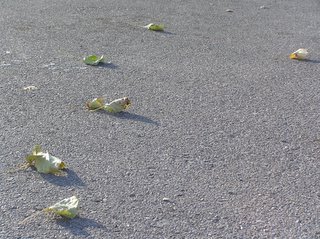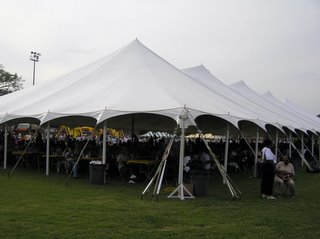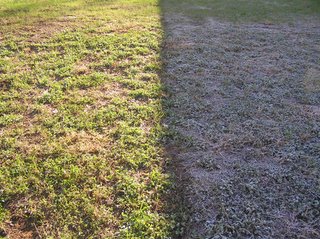 3-D Structure of Alzheimer's Disease Filament Shows How It Zips Up Peptides
3-D Structure of Alzheimer's Disease Filament Shows How It Zips Up Peptides
LibrariesScience News
Researchers have solved the three dimensional structure of the long thread-like fibers that fill the brains of Alzheimer's disease patients. The structure reveals the proteins that make up the fibrils lock onto each other much like a zipper on a jacket.
Newswise — Researchers have solved the three dimensional structure of the long thread-like fibers that fill the brains of Alzheimer's disease patients. The structure reveals the proteins that make up the fibrils lock onto each other much like a zipper on a jacket. This advance, reported in the Nov. 14th early online edition of Proceedings of the National Academy of Sciences (PNAS), helps illuminate the molecular roots of Alzheimer's and possibly other degenerative diseases of the brain.
“Now that we understand at an atomic level how these fibrils form, it might help researchers develop a biomarker test to diagnose Alzheimer's disease at an early stage, as well as drugs to treat it,” says the study's lead investigator, Salk Institute for Biological Studies scientist Roland Riek, Ph.D., who collaborated with researchers at the University of Lausanne and Roche pharmaceuticals, both in Switzerland
As a result of the study, Riek and his colleagues may now understand how a potential Alzheimer's disease medication now in clinical trials in Europe reacts to the fibril. The drug binds to the end of the fibril chain of beta amyloid proteins, halting their lethal accumulation, an early step in the formation of the amyloid plaque deposits that are a hallmark of Alzheimer's.
Solving the structure of these fibrils may also offer insights into other neurodegenerative diseases such as Parkinson's disease and Creutzfeldt-Jacok disease that develop fibrils due to errant changes in the structural shape of brain proteins, adds Riek, assistant professor in Salk's Structural Biology laboratory.
“There are more than a dozen of these diseases, and what we learn from one offers us insights into others,” he says. For example, Riek and his colleagues described in the June 8 issue of Nature how such a conformational change turns tiny protein particles into the infectious molecules known as prions that are responsible for “mad cow disease,” and they also showed how that process could be reversed.
The research team of the Salk Institute in collaboration with the University of Lausanne and Roche, developed new research techniques to determine the 3D structure that mimics the most common type of fibrils found in patients with the disease.
They discovered that beta amyloid proteins (peptides) that make up these fibrils attach to each other on one end with an ever-growing property.
“From this structure we can nicely see what happens physically, where the fibril forms a template on which to bind other amyloid peptides in an inter-collated way,” Riek says. “The way these peptides lock on to each other is like a zipper on a jacket.” Due to the ever-growing property the zipper binds more and more loose peptides together to produce dense “plaque” filaments that may be toxic to the functioning of brain nerve cells.
In Alzheimer's disease, amyloid plaque form when enzymes cleave the amyloid precursor protein (APP), thereby releasing the toxic beta amyloid fragments. Healthy brains can clear away excess beta amyloid peptides, but for reasons that are not understood, these proteins, made up of between 39-42 amino acids, change shape in some people, leading to a sticky aggregation.
Riek already demonstrated how the flexible peptide can be altered, and in this study, he showed how a clump of them can attract and bind other molecules. “There are at least four stages needed to get to the point where a structure is created that can form filaments, and what we show here is that end stage.
Scientists are debating whether these long filaments produce the nerve damage that results in dementia, or whether the shorter, more mobile threads, which are also composed of beta amyloid. Riek and his team are now working on solving the 3D structure of these smaller aggregates, in their quest to sculpture the molecular roots of Alzheimer's disease.
Collaborating with Riek in the study, funded by Pew Charitable Trusts, were Thorsten Luhrs, Ph.D., postdoctoral researcher in the Structural Biology Laboratory, and Dave Schubert, Ph.D., Professor and head of Salk's Cellular Neurobiology Lab.
The Salk Institute for Biological Studies in La Jolla, California, is an independent nonprofit organization dedicated to fundamental discoveries in the life sciences, the improvement of human health and the training of future generations of researchers. Jonas Salk, M.D., whose polio vaccine all but eradicated the crippling disease poliomyelitis in 1955, opened the Institute in 1965 with a gift of land from the City of San Diego and the financial support of the March of Dimes.
 Clumps and tangles
Clumps and tangles

































